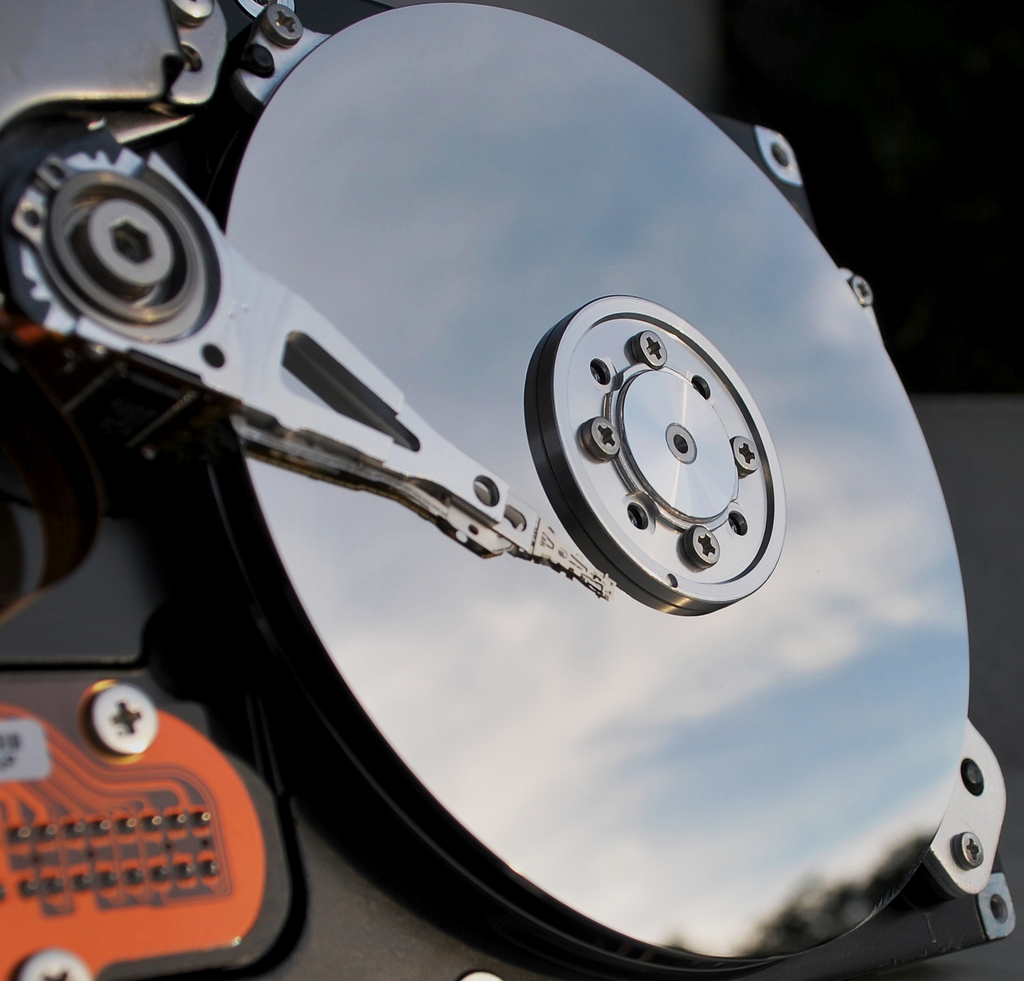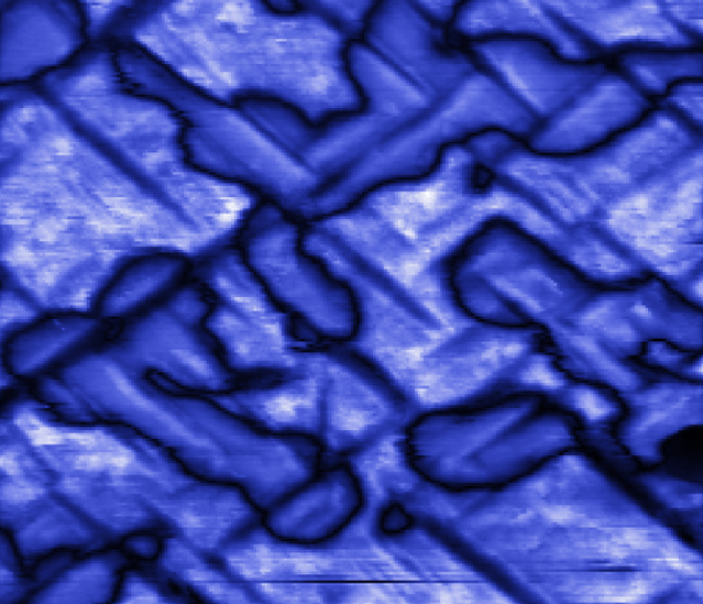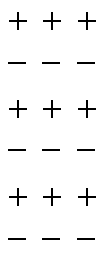
Optical switching might make computer hard drives faster. Photo by pobre.ch via flickr.
Magnetism remains the most developed way to store digital information. The giga and terabytes of computer hard drives as well as the magnetic stripes that still are used for credit cards or hotel room keys, all function with the help of magnetic fields. There, the direction of the magnetic fields, up or down, expresses the digital 0s and 1s that make up the computer bits and bytes.
As the amount of data we store on hard drives continues to increase, it is of course desirable that read and write speeds follow that trend. As far as writing data is concerned, however, switching the magnetisation is not that easy as all the individual magnetic fields of the majority of atoms that make up a bit, their so-called magnetic moment, has to be reversed. Given that these magnetic moments are interconnected through magnetic forces, such reversals aren’t very fast.
Modern hard drives manage to write about 1 billion bits per second. That’s a nanosecond per bit. In the lab, switching speeds are even faster, achieving hundreds of picoseconds to nanoseconds. But while this sounds like a pretty fast process, it is orders of magnitude slower than many other electronic processes in a crystal. Yet, magnets needn’t be that slow. What we have considered so far is switching magnetization by an external magnetic field, such as that generated in the write head of a hard drive. This isn’t the only possibility. If ultrashort optical laser pulses are used instead, magnetism can be switched a hundred times faster, on the order of a picosecond.
How does this work? In a paper published in advance on the Nature website this week, Ilie Radu, Theo Rasing from Radboud University in Nijmegen and others have investigated the details of the optical switching proceeds for a particular class of magnets, antiferromagnets.




March 30, 2011
5 Comments